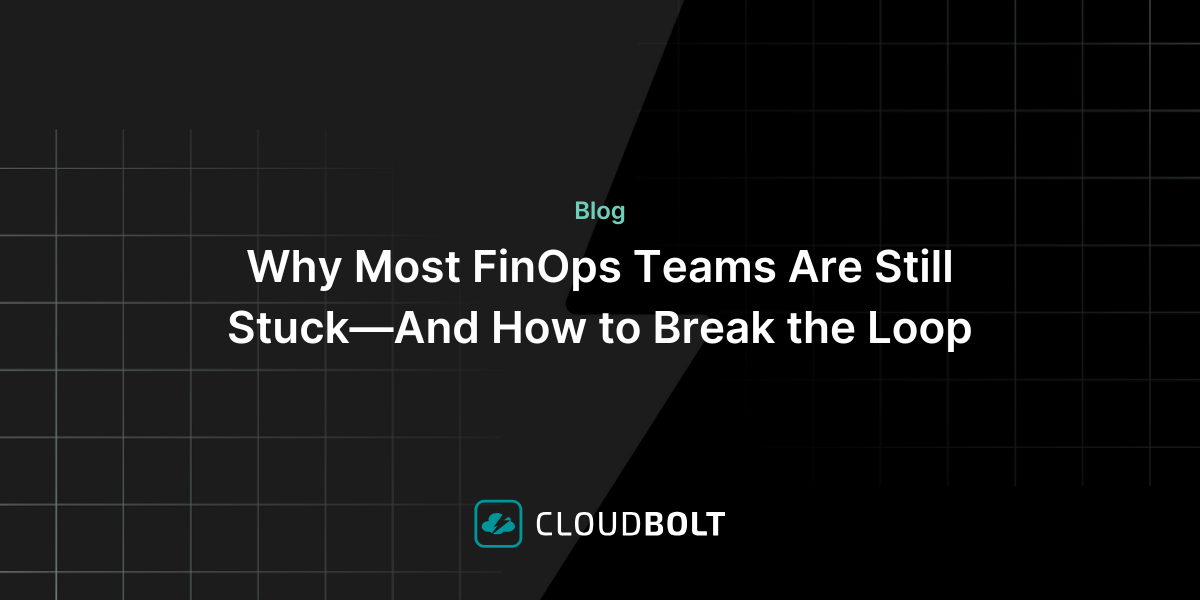Four Things to Look for In a Cloud Orchestration Platform
Business units, both big and small, want to get on the cloud. After all, the cloud does help reduce operating and capital costs. At the same time, the cloud has made IT more complex. This is because of the amount of data and processes spread across multiple systems. Manageability and coherence of all these interconnections and interactions can turn into a nightmare for the IT department. This is where a cloud orchestration platform comes in.
What is a cloud orchestration platform?
A cloud orchestration platform provides a single interface to manage multi-cloud deployments. This includes transferring assets to the cloud, monitoring apps, storing data, and managing compliance and security. Cloud orchestration technology works with heterogeneous systems deployed in different geographical locations with different providers.
Should your business invest in a cloud orchestration platform? The answer is yes. Here are some of the fundamental functions and features to look out for.
Integration with Automation
The ability to integrate with intelligent automation is key to a successful orchestration platform. You get a highly functional and more robust solution that can carry out workflows effectively. It’s impossible to set up workflows without this marriage between orchestration and automation. You can go with a stand-alone product and integrate it with existing automation tools. Or, you can opt for a comprehensive solution with intelligent automation built in. The latter is the better choice.
Good User Experience
The whole point of cloud orchestration software is to simplify the cloud. You want to deploy services fast and efficiently. For this to happen, the orchestration solution should be user-friendly. You shouldn’t have to spend too much time creating workflows. After all, you invested in the platform to avoid this. Also, rolling out the tool to the entire organization should be a seamless process. If it requires specialized knowledge or extensive training, then you might want to look elsewhere.
Reusable Components for Workflows
For workflows to be effective, they must be flexible, robust, and scalable. Creating workflows from scratch is usually a tedious process. So, it’s best if you can reuse workflow components down the road. This makes it easier to create new workflows.
Reporting Functionality
Reporting is critical to the success of your enterprise. Reporting allows you to pinpoint inefficiencies in your operations. For example, it allows you to identify problems and underperforming users. Reports also enable those not in IT to see the work done and its overall value. Make sure the reports are flexible enough for consumption by a wide variety of audiences.
Conclusions on Cloud Orchestration Platform Selection
You can get off-the-shelf cloud orchestration software from a wide variety of vendors. Alternatively, DevOps teams can implement a custom cloud orchestration solution through automation and management tools. Whatever the case, these tips will help with the evaluation process.
An enterprise-class cloud orchestration platform can change everything. See how CloudBolt can help. Request a demo today!
Related Blogs

What We Learned at FinOps X 2025: From Dashboards to Decisions
At FinOps X 2025, one message echoed across sessions and conversations: FinOps is growing up. The scope is expanding. The…

